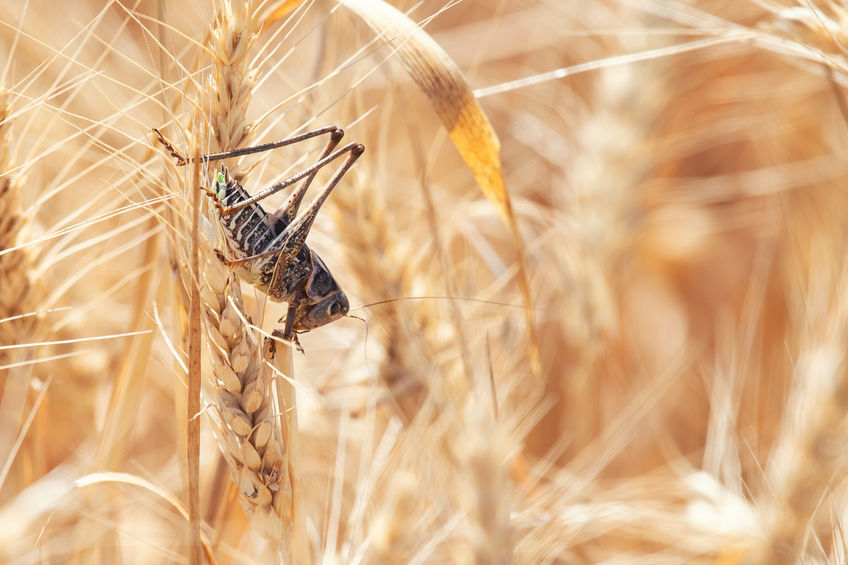One has to wonder why Non-Governmental Organizations (NGOs) that are funded by Left-wing financiers attempt to thwart the poorest in our world from achieving an adequate diet and sufficient income to climb above poverty. Yet, without a convincing positive reason for their actions, they do it around the world. We frequently see villages in Africa, for example, deprived of conventional power from coal and natural gas in favor of expensive and undependable wind and solar power favored by the anti-fossil fuel community.
Now in Kenya a story is shaping up that takes an even more ugly turn. There some ill-informed and deceitful Green groups are asking the Kenyan government to outlaw the use of important chemical pesticides that protect its crops from the ravages of pest infestations. The numbers are difficult to assimilate.
Two of these NGOs — the Biodiversity and Biosafety Association of Kenya and the Kenya Organic Agriculture Network — tip off their goals in their titles. The third is too vague and obtuse to bother naming. They have collectively asked that 262 useful pesticides be outlawed by the Kenyan Parliament. For the moment the Parliament is not in session, so there may be time to educate them about the lies and innuendos being spread against pesticide use by the environmental extremists.
Many of the targeted pesticides by these activist groups have been tested and approved by foreign governments, and others have not been because they aren’t useful against the native pests in other countries. Of greatest concern to Kenyan agriculture would be the end of the use of effective chemicals that kill the locusts ravaging Kenya on a regular basis.
Every successful killing of a locust swarm, which is how they attack, saves gigantic quantities of food for a nation like Kenya without abundance. At the risk of causing your eyes to glaze over, I will define “gigantic” with the use of some simple arithmetic. Stay with me and you will well understand why I often use the word evil for those who finance such radical environmental fearmongering.
Locusts swarm at densities of 40 to 60 million thick over an acre of crop land. Obviously, it is impossible to spray the entire agricultural acreage of Kenya, but let’s see what we could accomplish if we spray half a square mile of farmland or 320 acres. I will give you the simple cumulative numbers, and if you wish you too can do all the arithmetic to be sure I am not exaggerating.
From birth to full maturity a locus will lay an average of 80 eggs. Each locus eats about 2.5 grams a day for a life span averaging 4 months which is 300 grams per locust. Then their 80 progeny eat about 150 grams while alive during the last two months of the mother’s life, and half of them have laid 60 eggs by the end of that time. Without a calculator you can figure out that every locust will account for 744 kilograms, or about three quarters of a ton, of food per month by a single locust and its offspring over 4 months of its life cycle. In four months the total is 3 tons of food. Now assume an average of 50 million locusts per acre and you will find spraying 320 acres saves, wait for it, 480,000 tons of food! That feeds a lot of folks and earns a lot of money.
The NGOs lobbying the Kenyan government hope to eliminate the opportunities to grow this food by allowing the locusts to run free and unhindered by the pesticides that can eliminate them. They have thrown up a smoke screen of complaints on chemicals not substantiated by research investigations. It is quite easy to scare the public by listing strange sounding chemicals of which the people have no understanding. They do this all over the world, but due to Kenya’s severe problem with locusts the damage that can occur as a result of their despicable actions, this could have a catastrophic impact on that nation’s food supply and economy.
